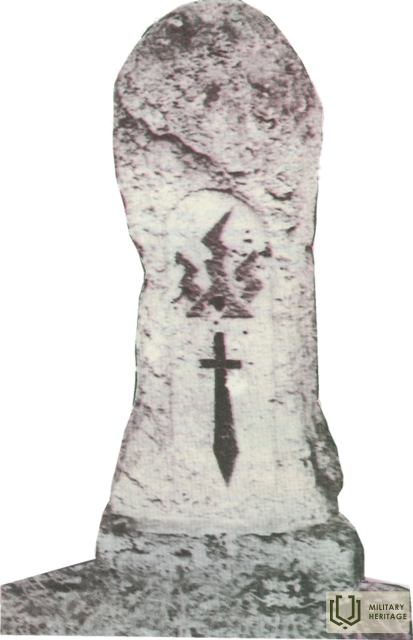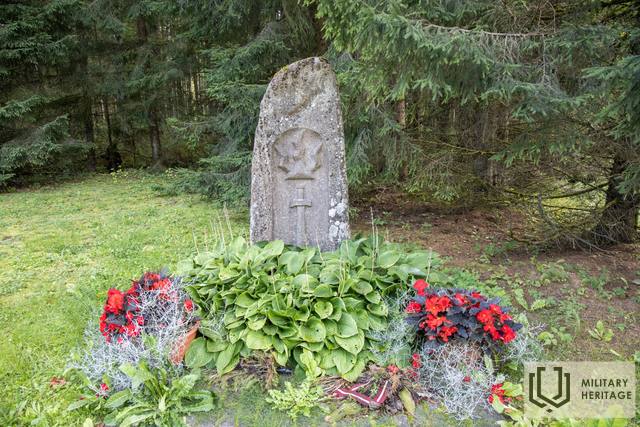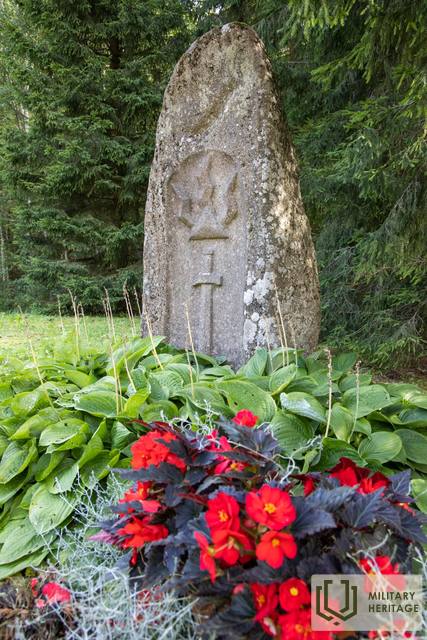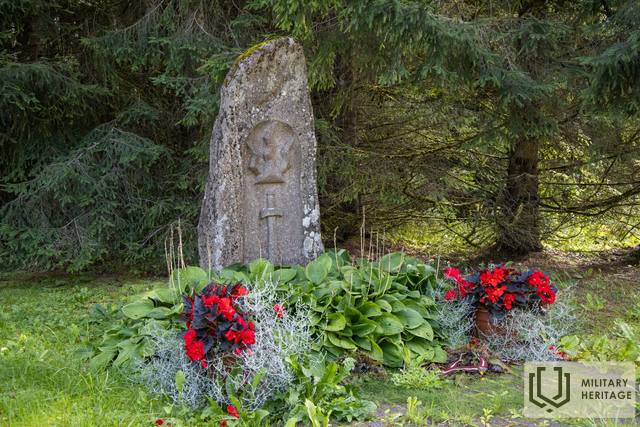Monument to the Unknown Soldier of the War of Independence
Memorial site
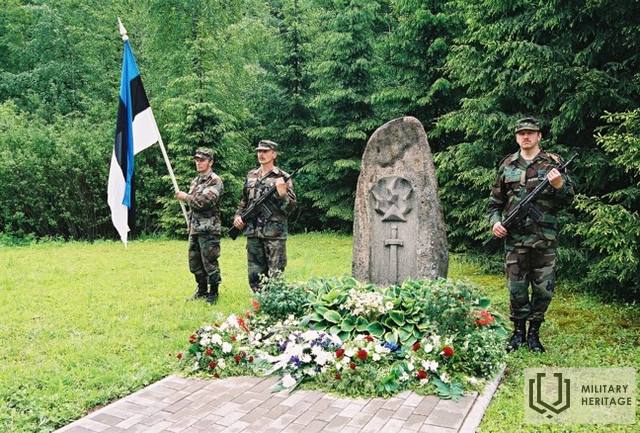
Soldiers' honor guard at the tomb of the unknown Latvian soldier near Ierikai in Drabeši parish. The newly created monument was unveiled on November 11, 1988. The authors of the monument are sculptors Maija Baltiņa and Andrejs Jansons. Source: Tālis Pumpuriņš, Jānis Bahmanis, Cēsis History and Art Museum
Loading...
57.2134,25.1799
Vidzemes šosejas 74. kilometrā, Drabešu pagasts, Ieriķi, Cēsu nov., Latvia

 74
74



Used sources and references:
Lismanis, J. 1915-1920. In memory of battles and fallen soldiers: Memorial sites of the First World War and the Latvian Liberation Struggle. Riga: NIMS, 1999
https://karavirukapi.blogspot.com/2020/02/drabesu-pagasta-vidzemes-sosejas-74.html
Related timeline
Related topics
Related stories
The beginning, course and conclusion of the Battle of Cēsis
The victory in the Battle of Cēsis was destined to become a turning point in the Latvian and Estonian struggle for the independence of their country. This victory put an end to the plans of the Andrievs Niedra government and the German general Rüdiger von der Goltz to conquer the Baltics. Instead, the Latvian Provisional Government of Kārlis Ulmanis resumed its activities in Liepāja.




